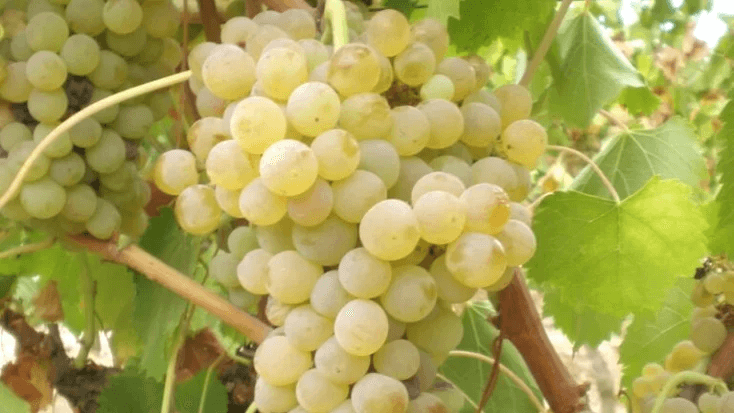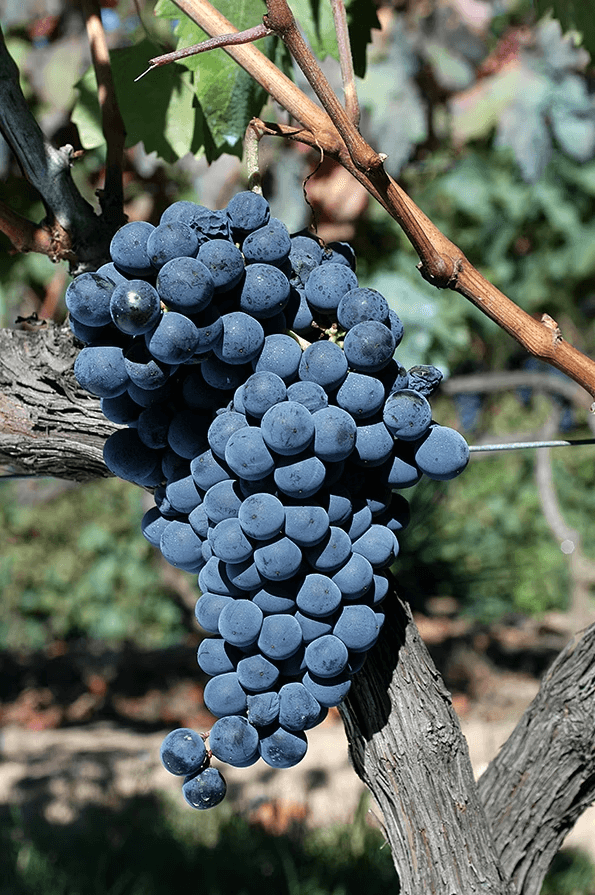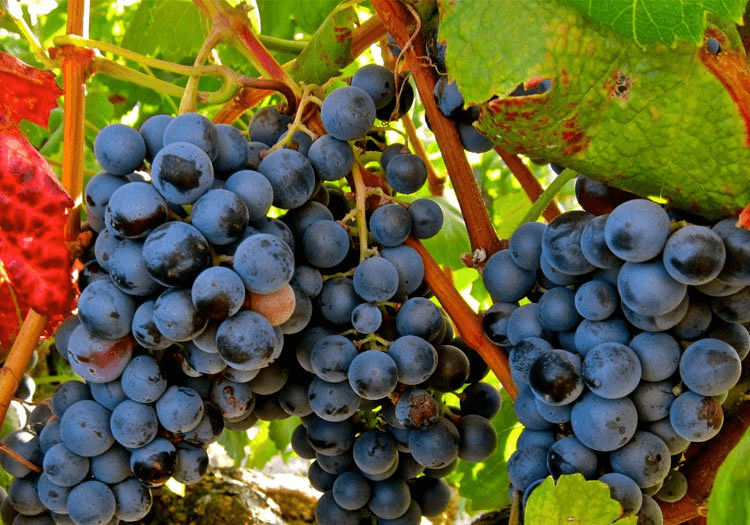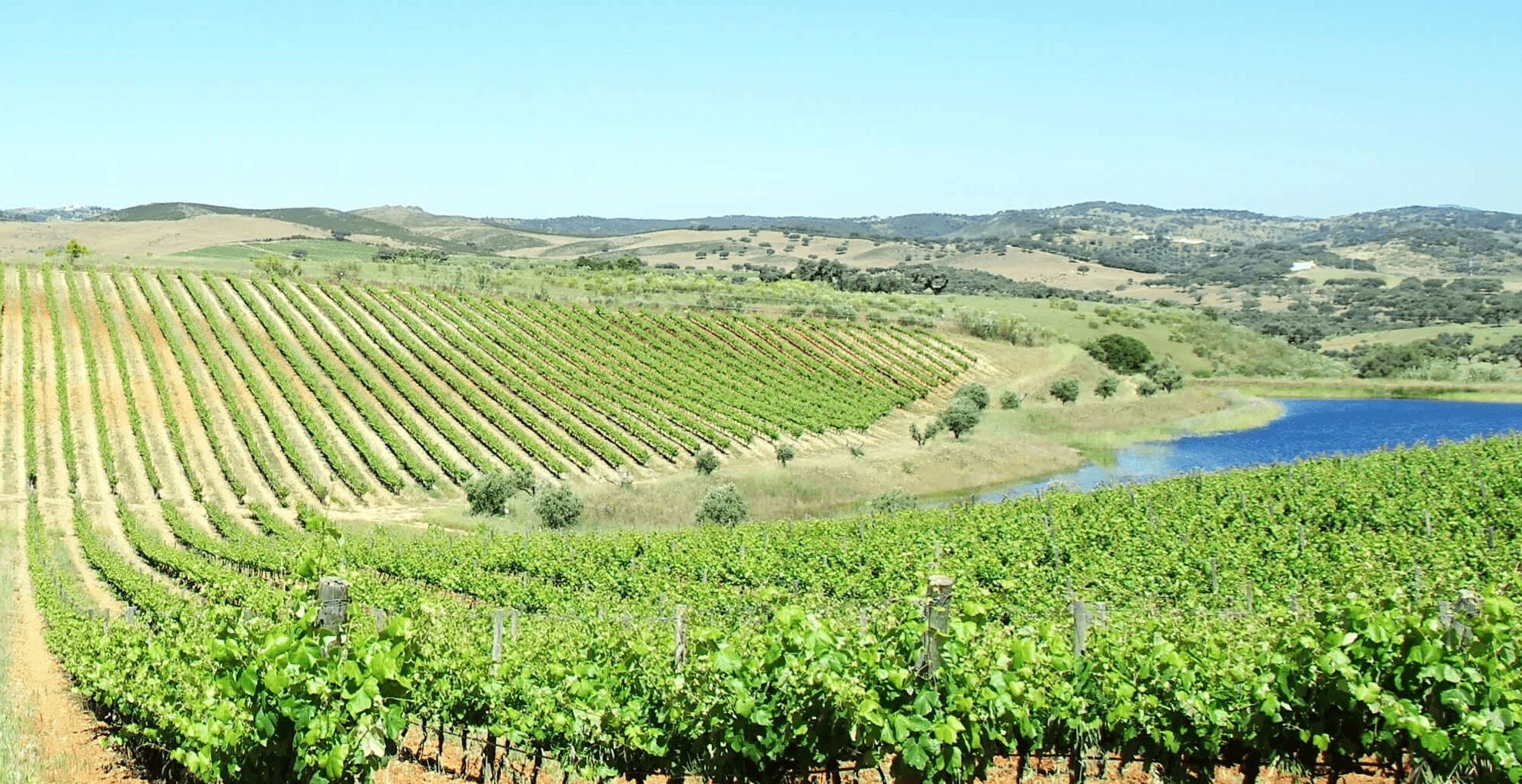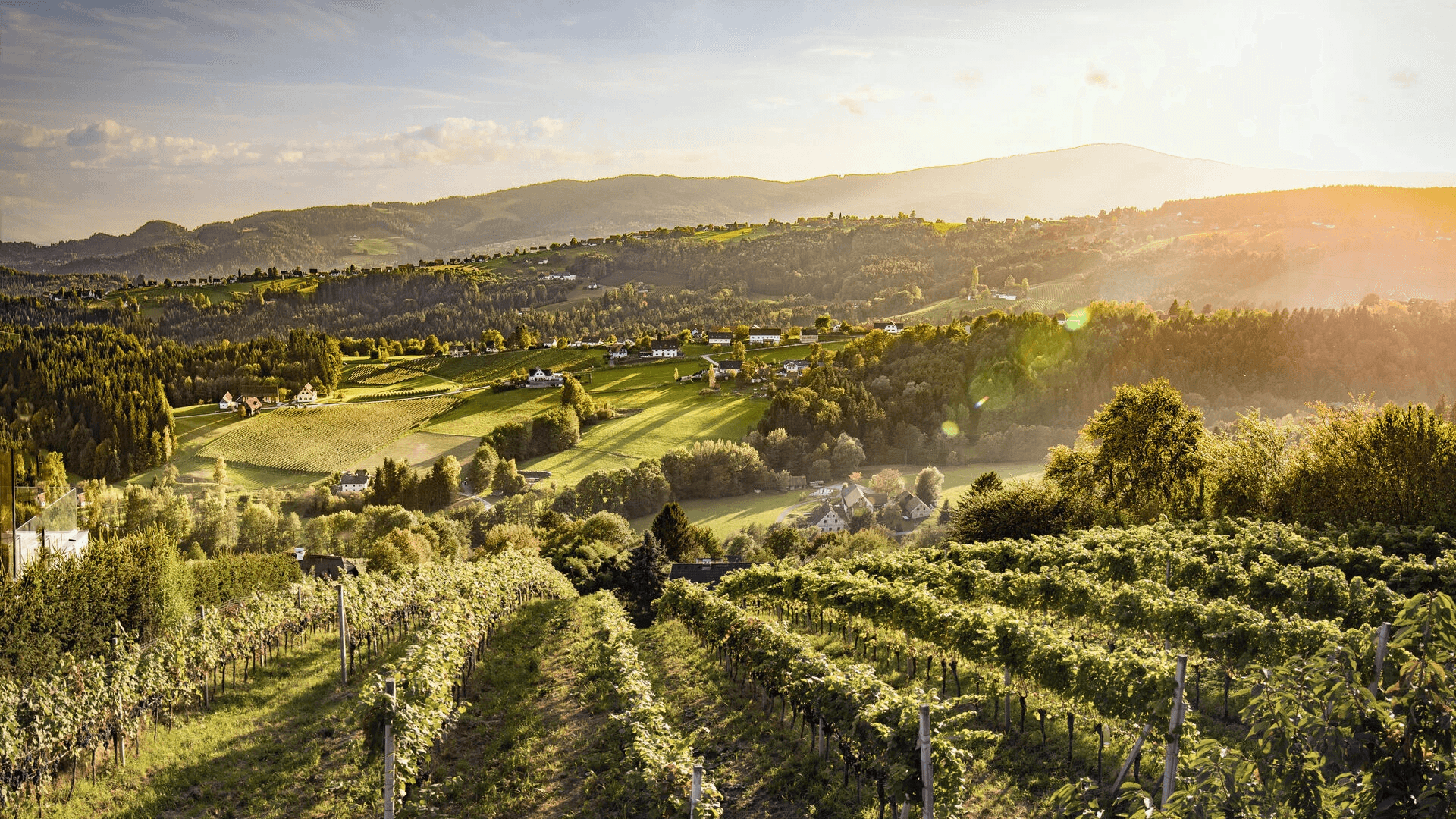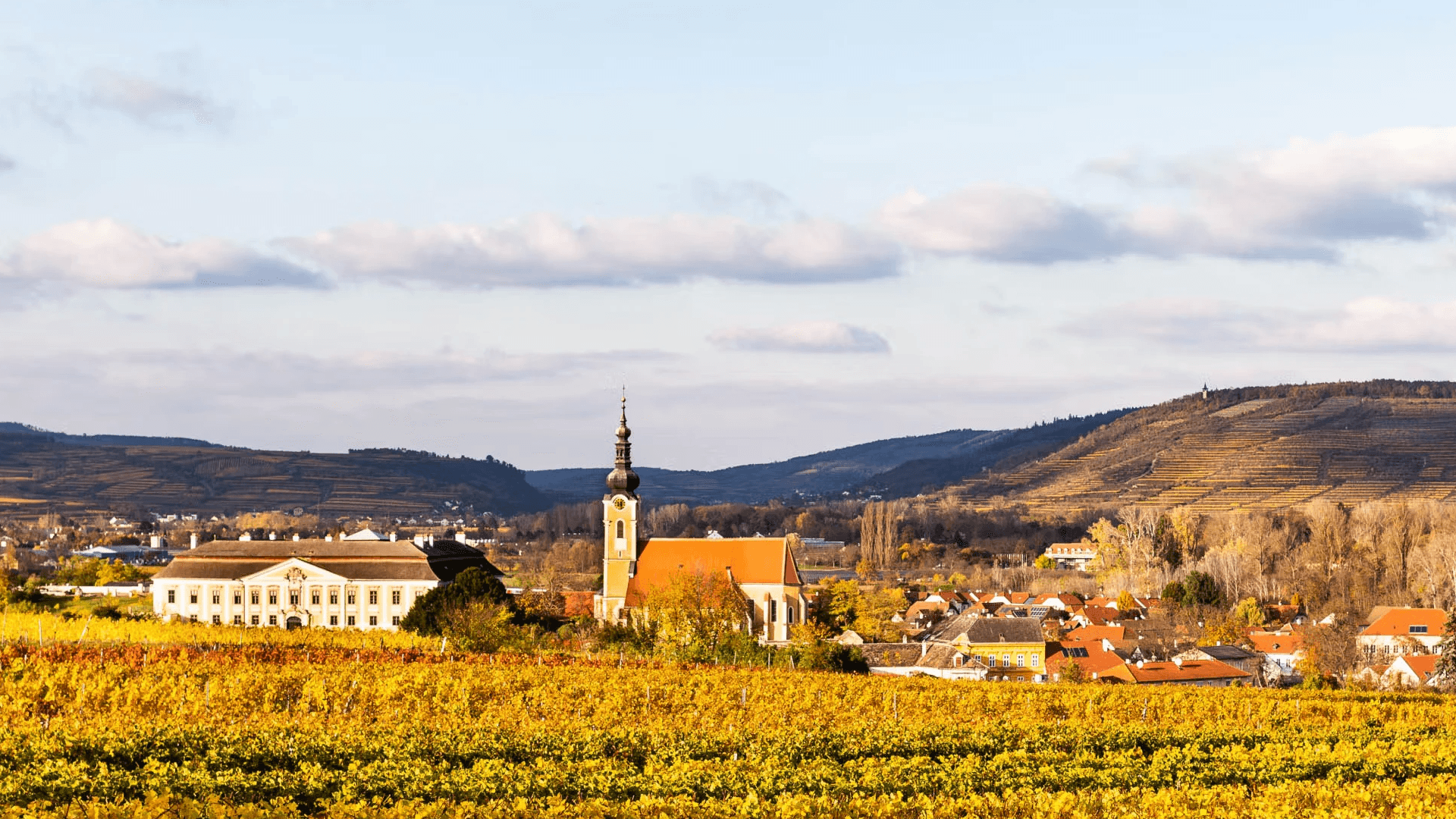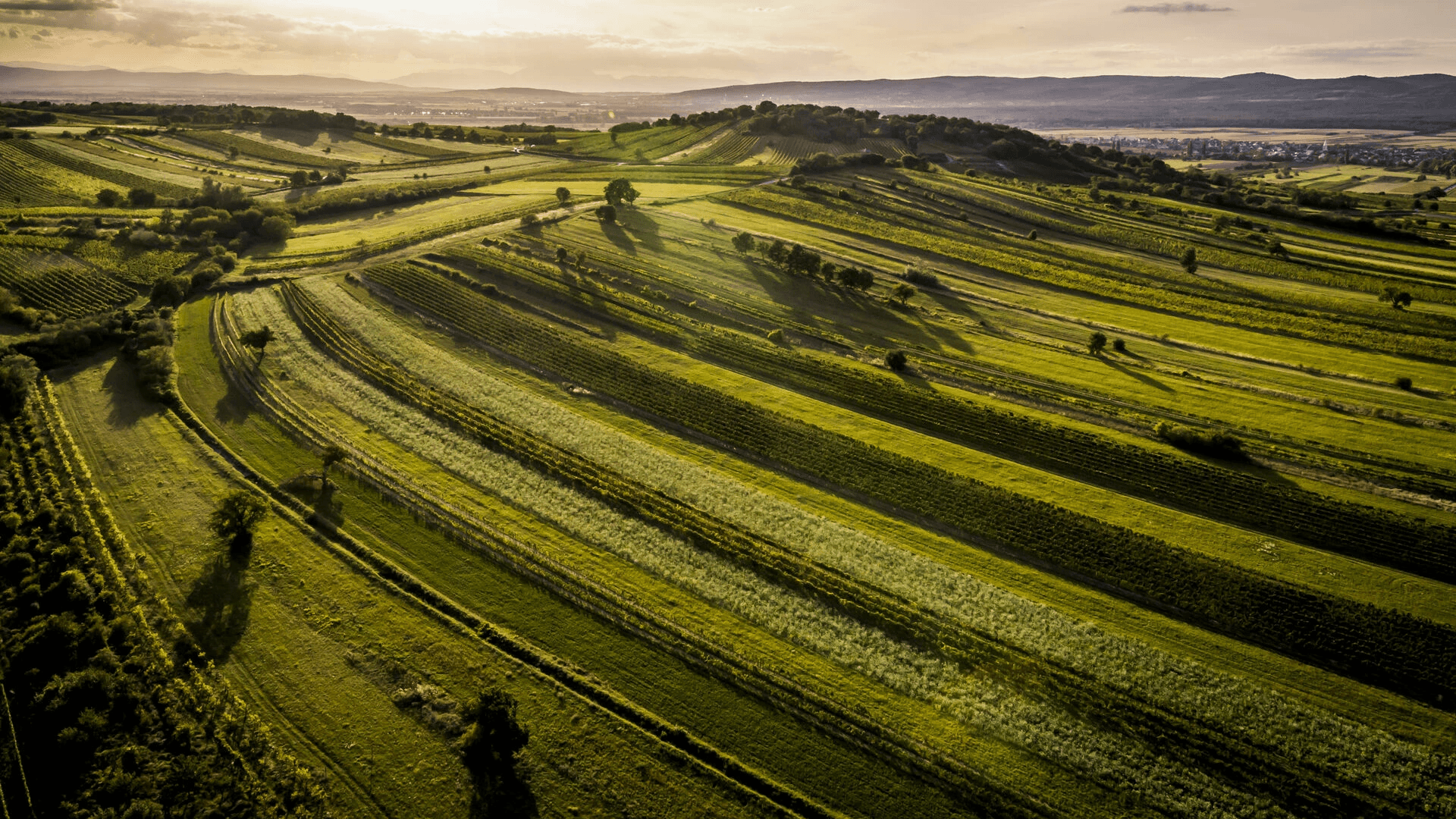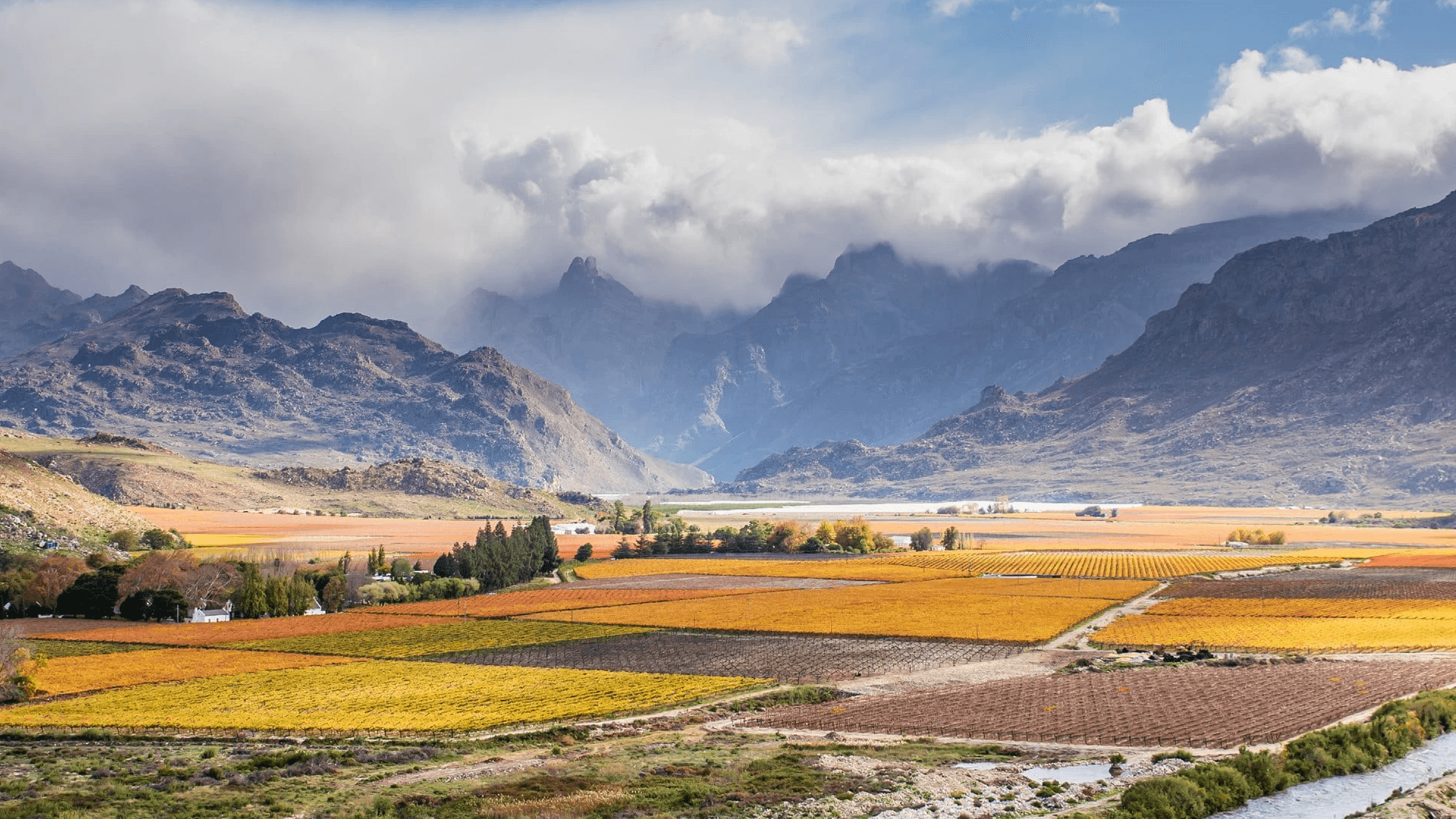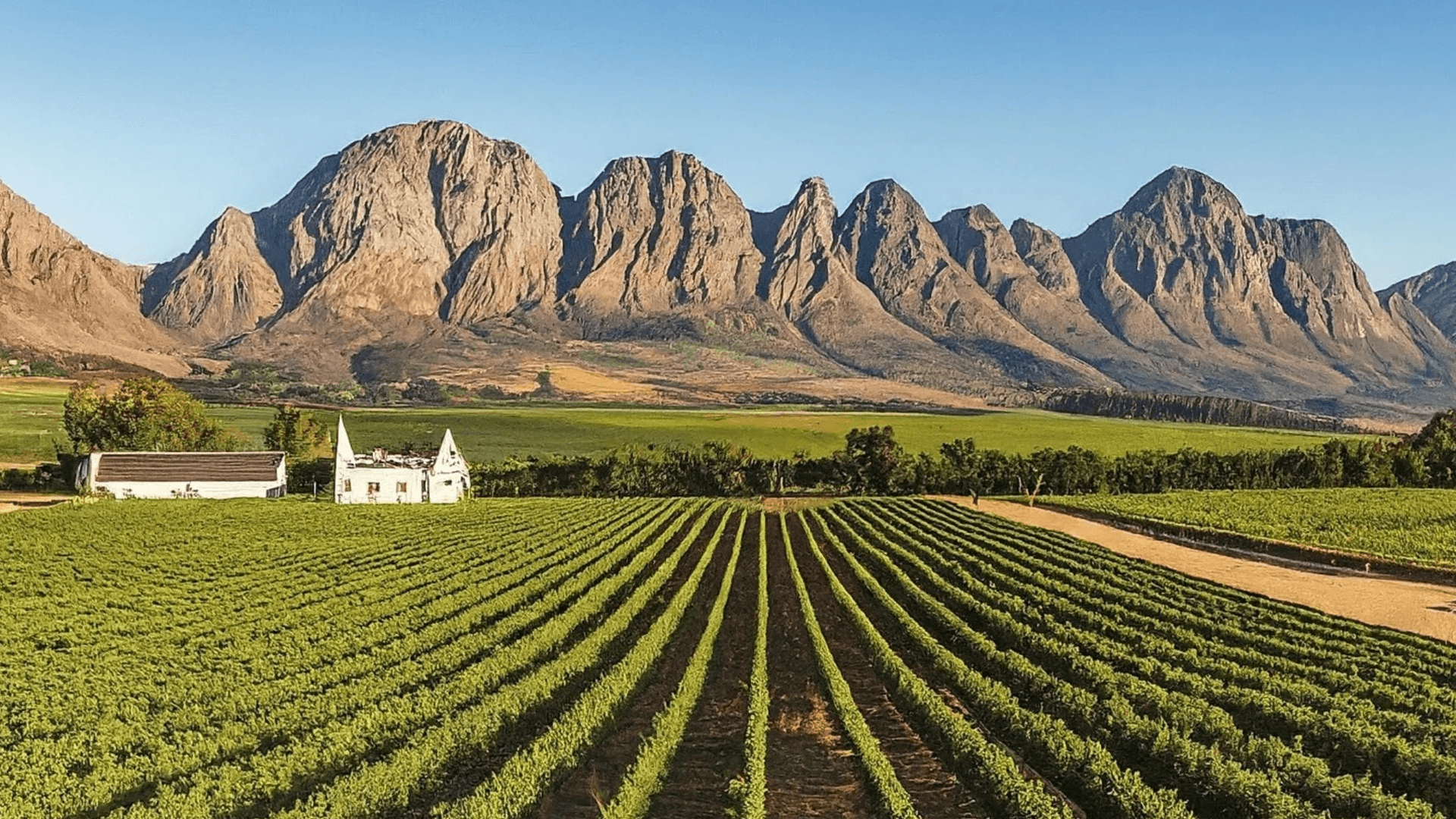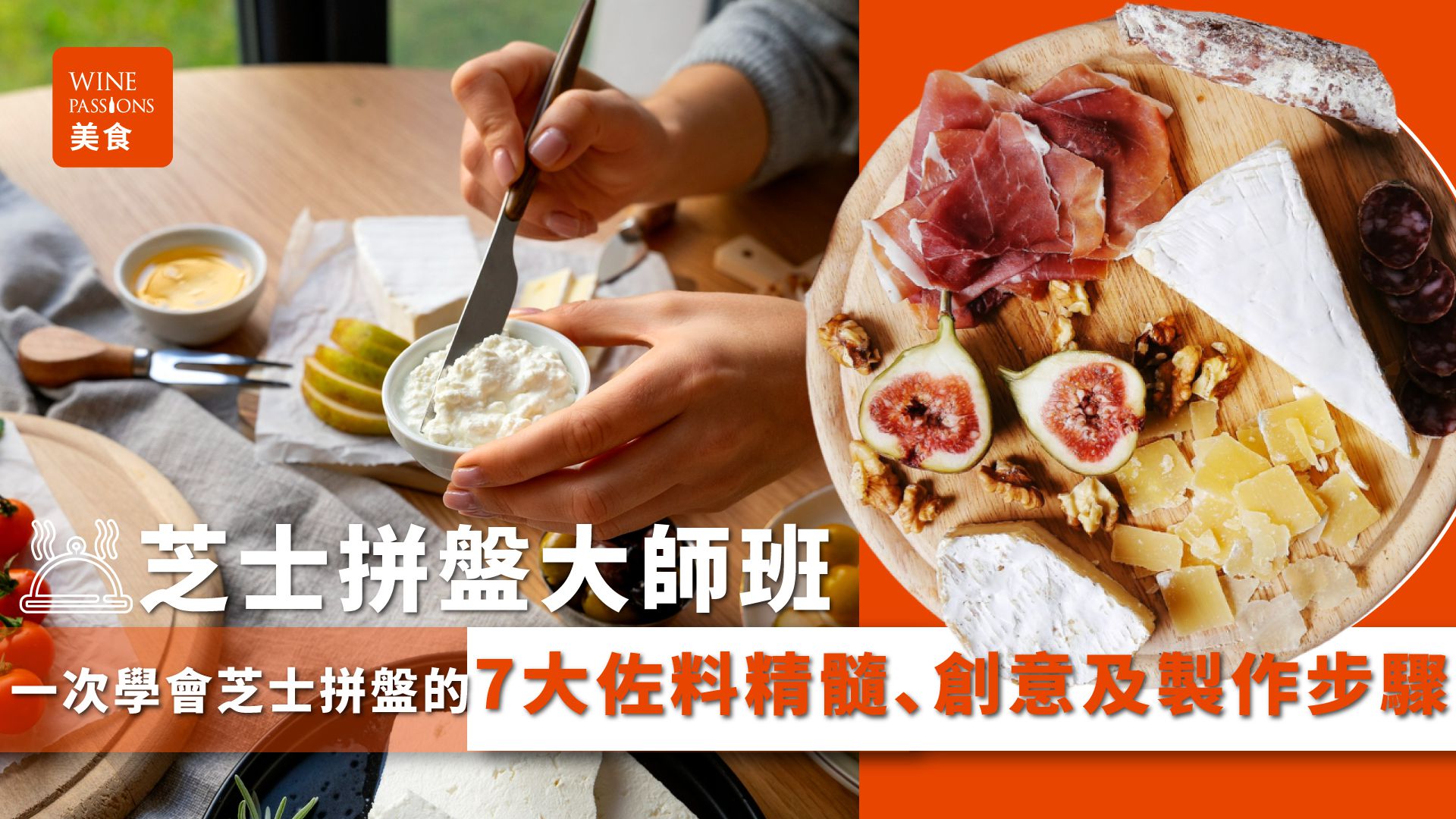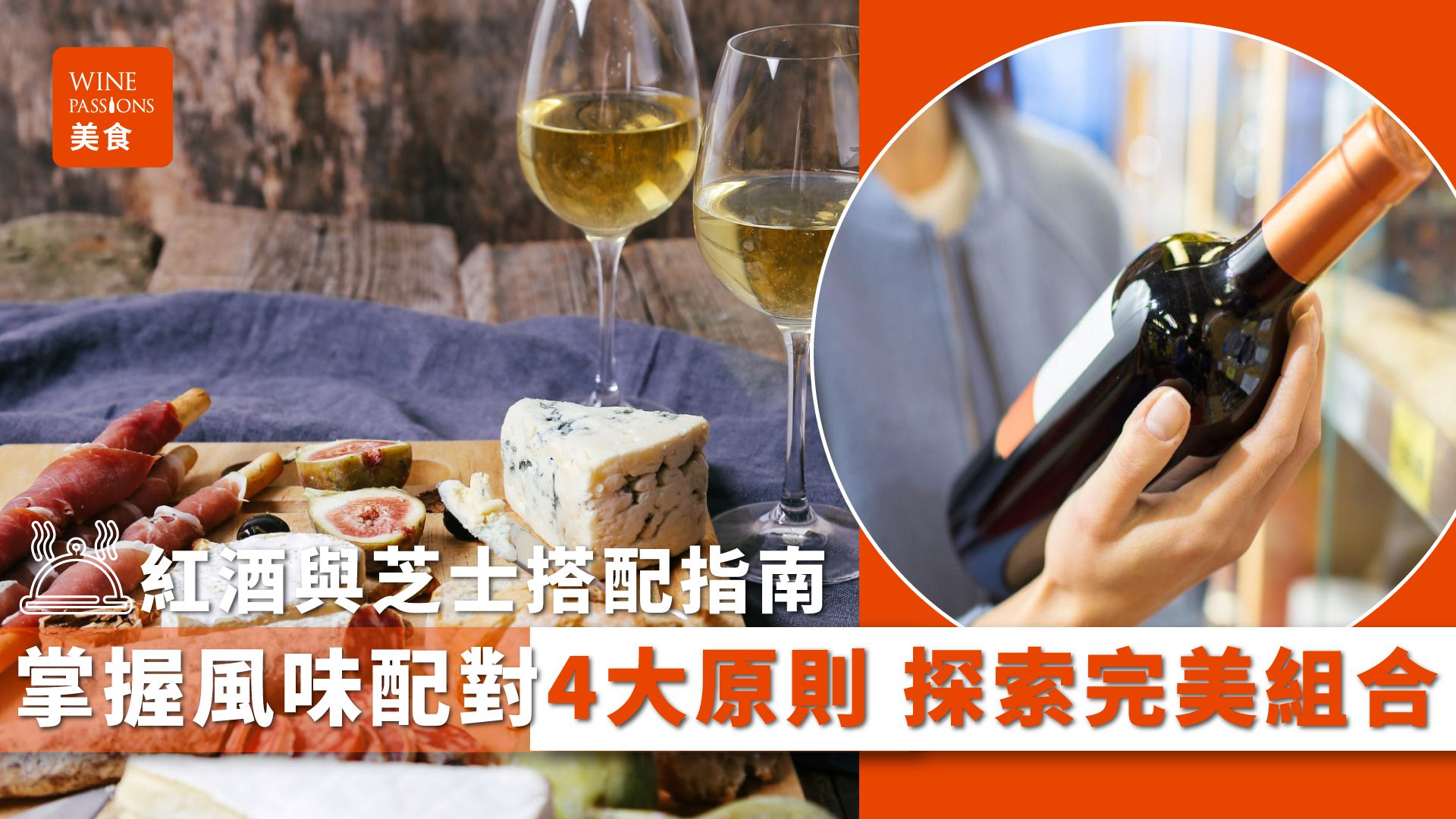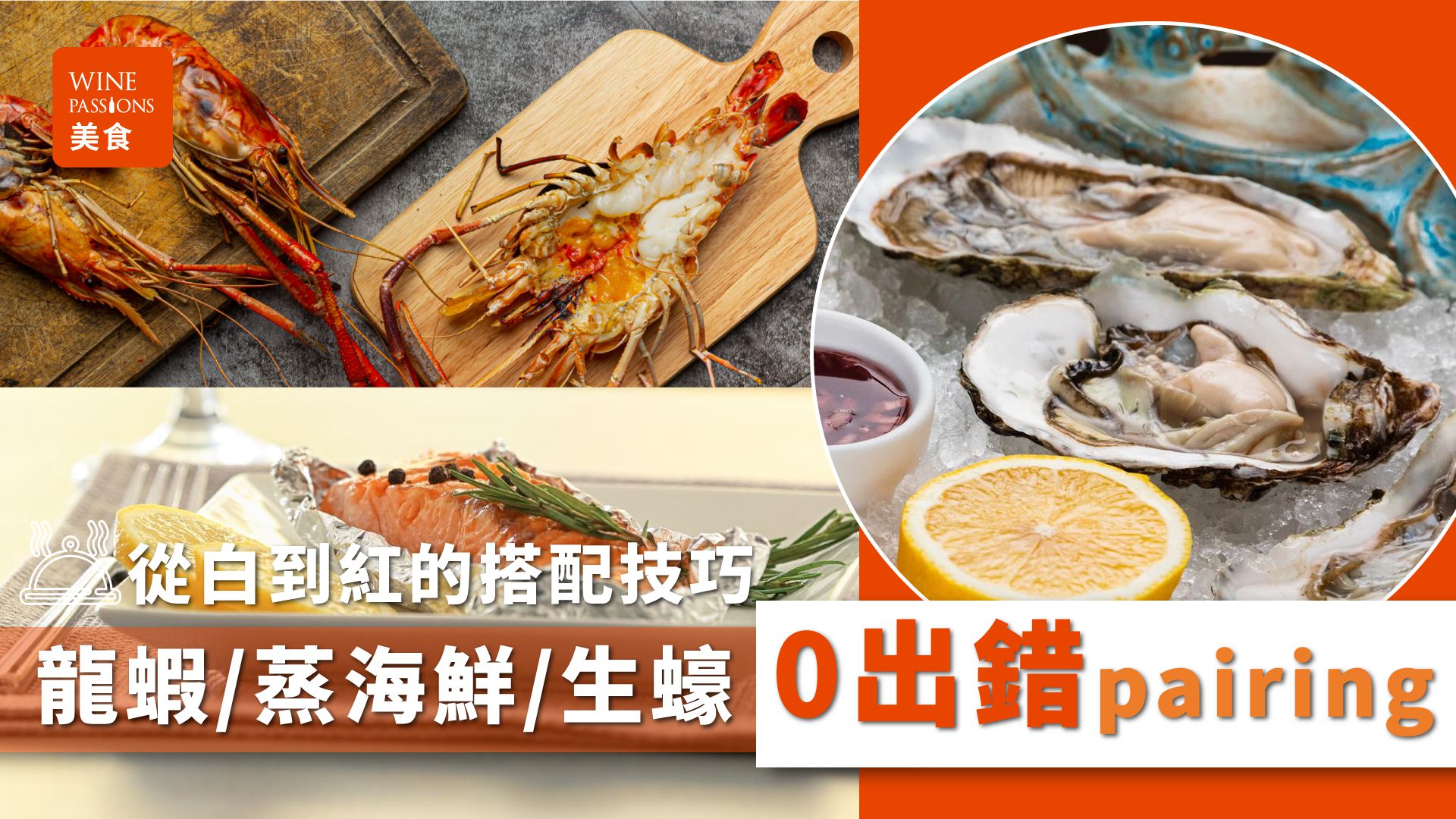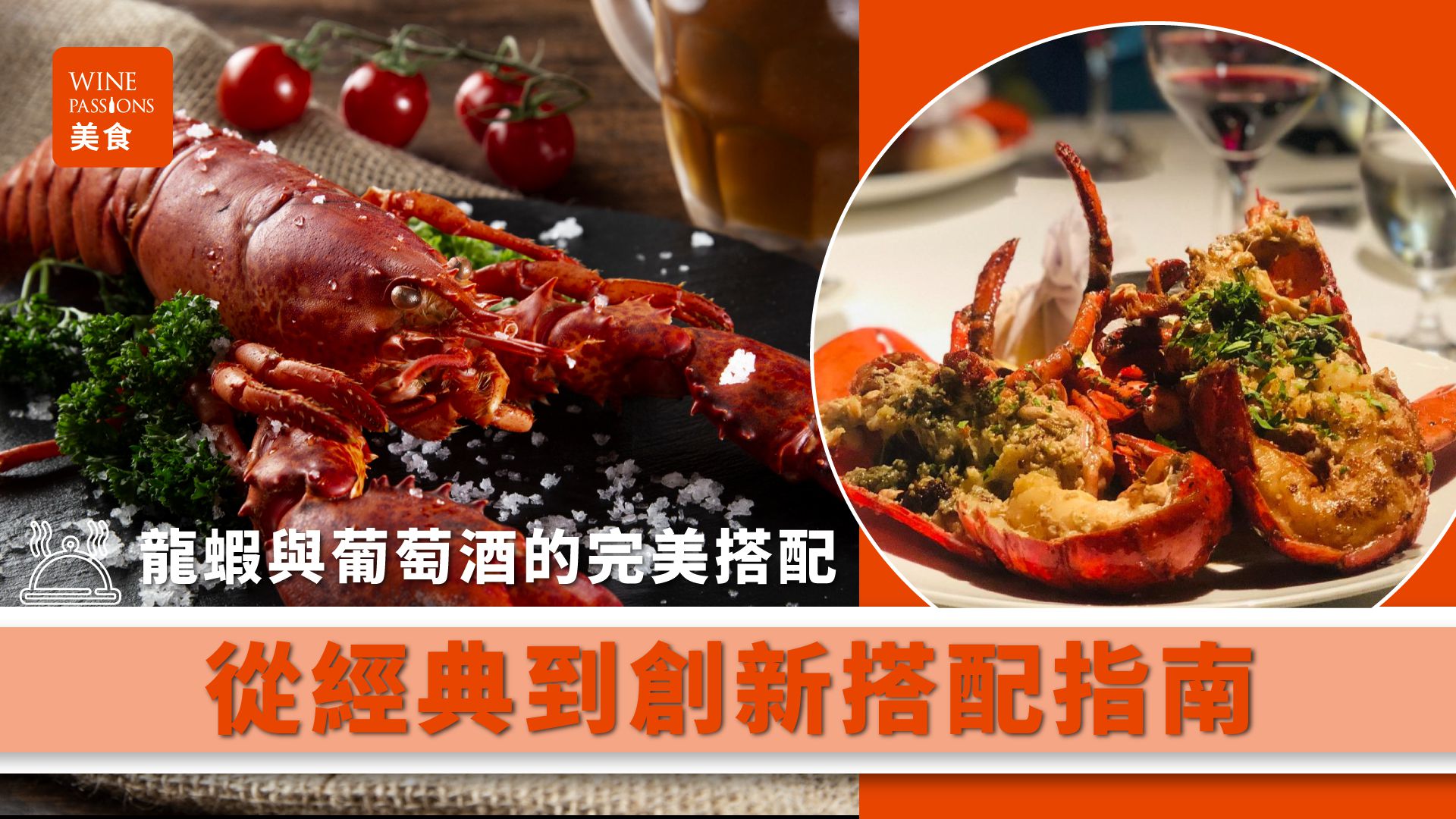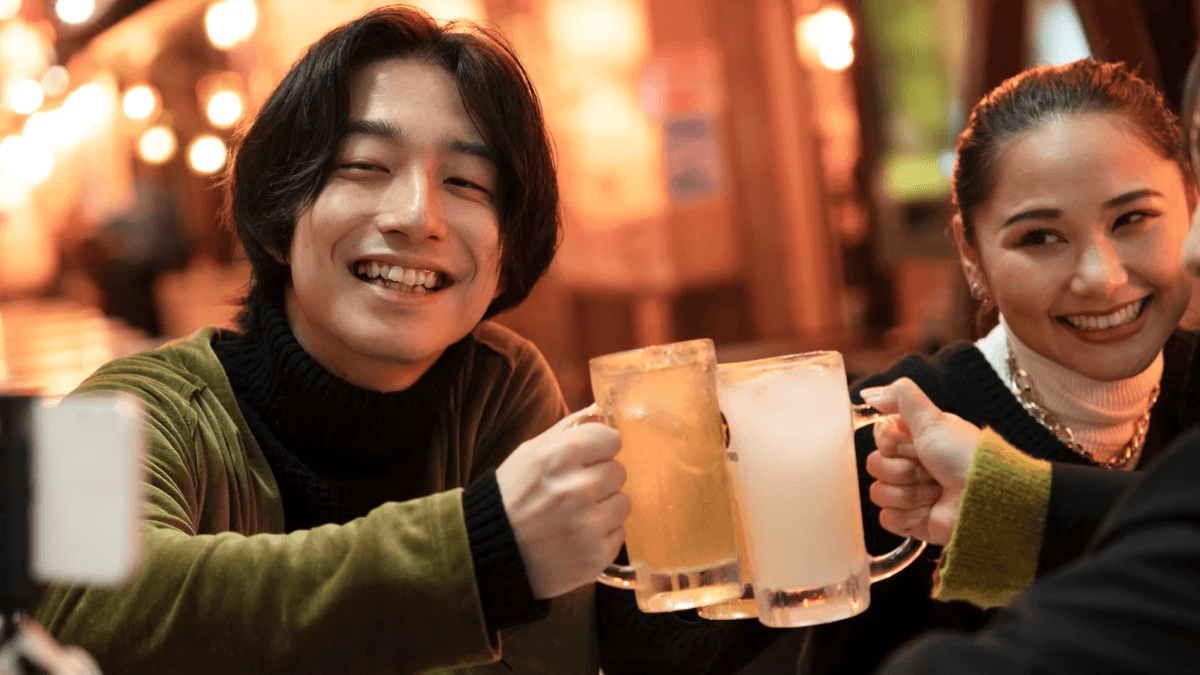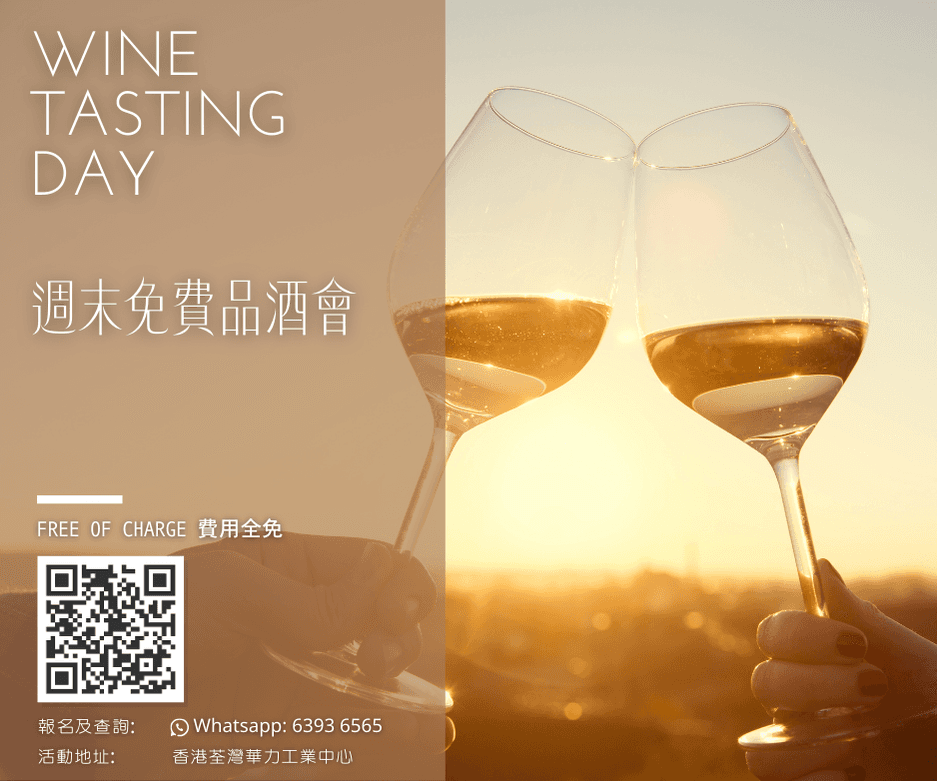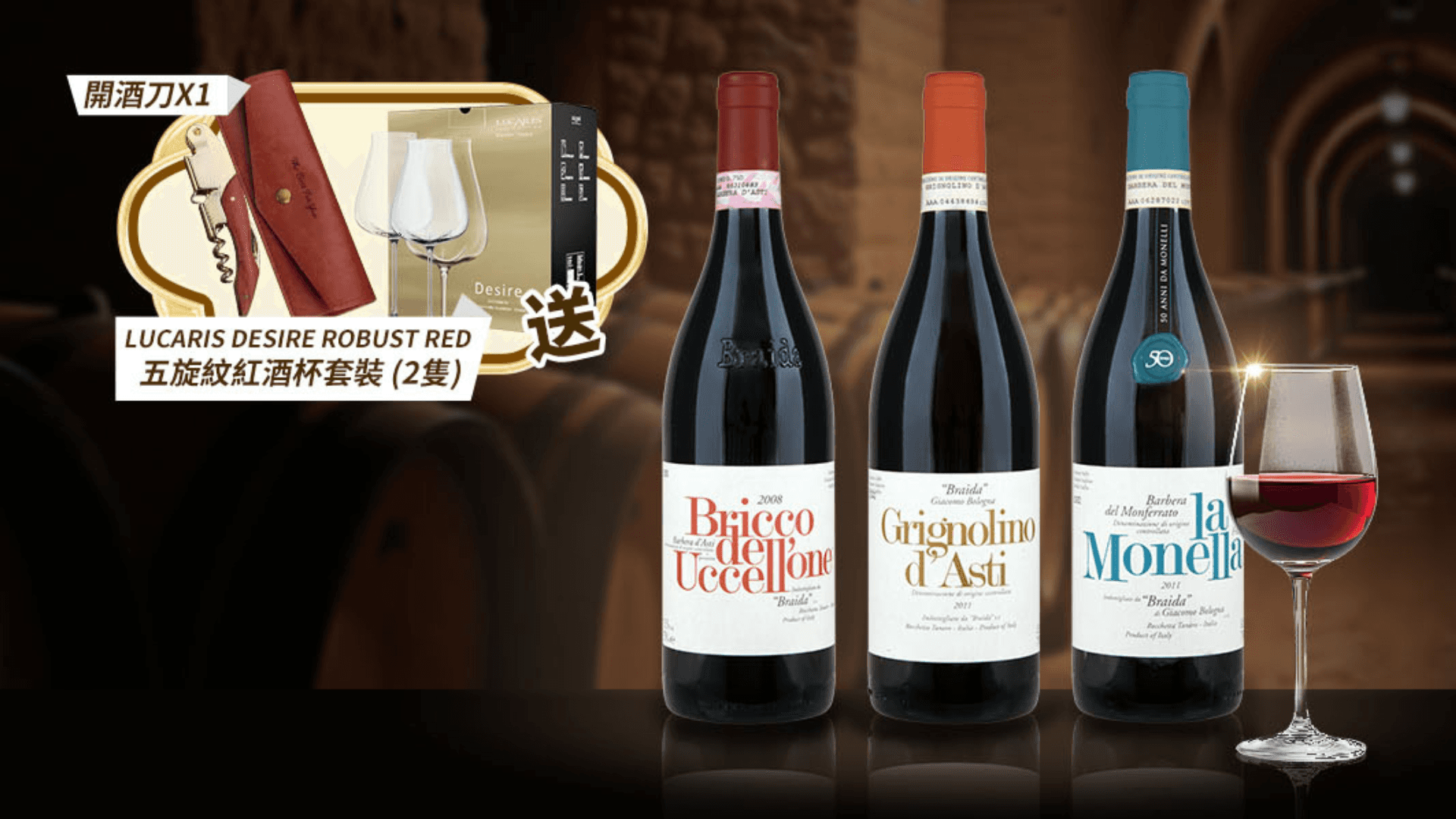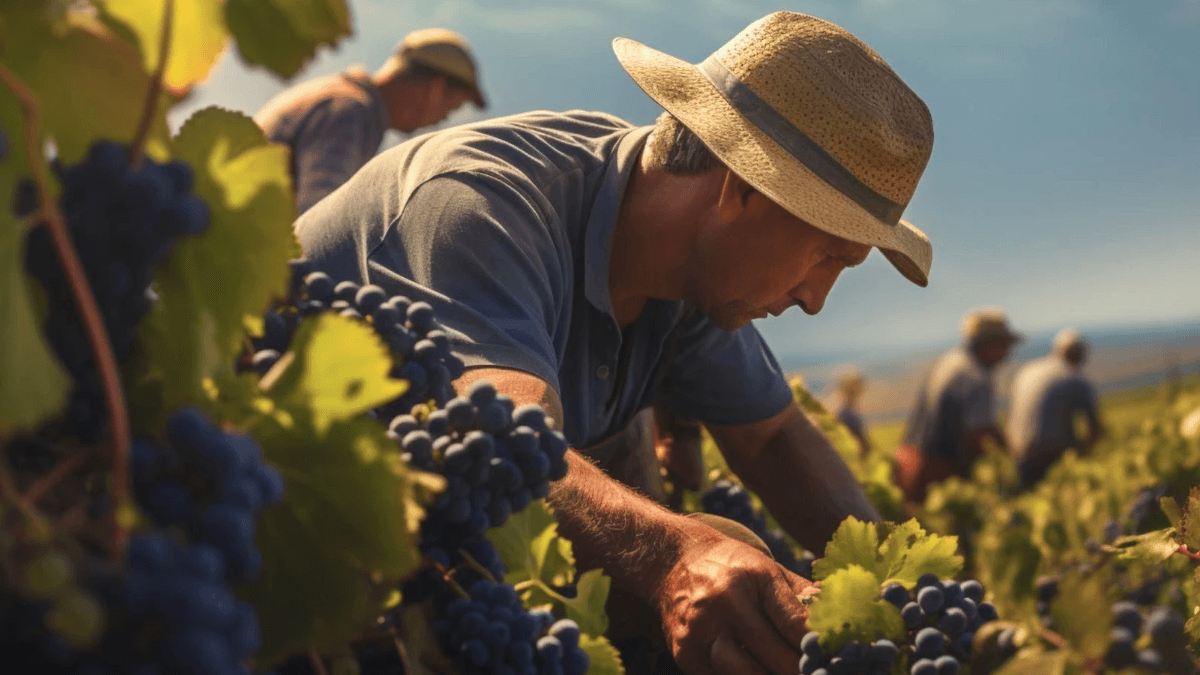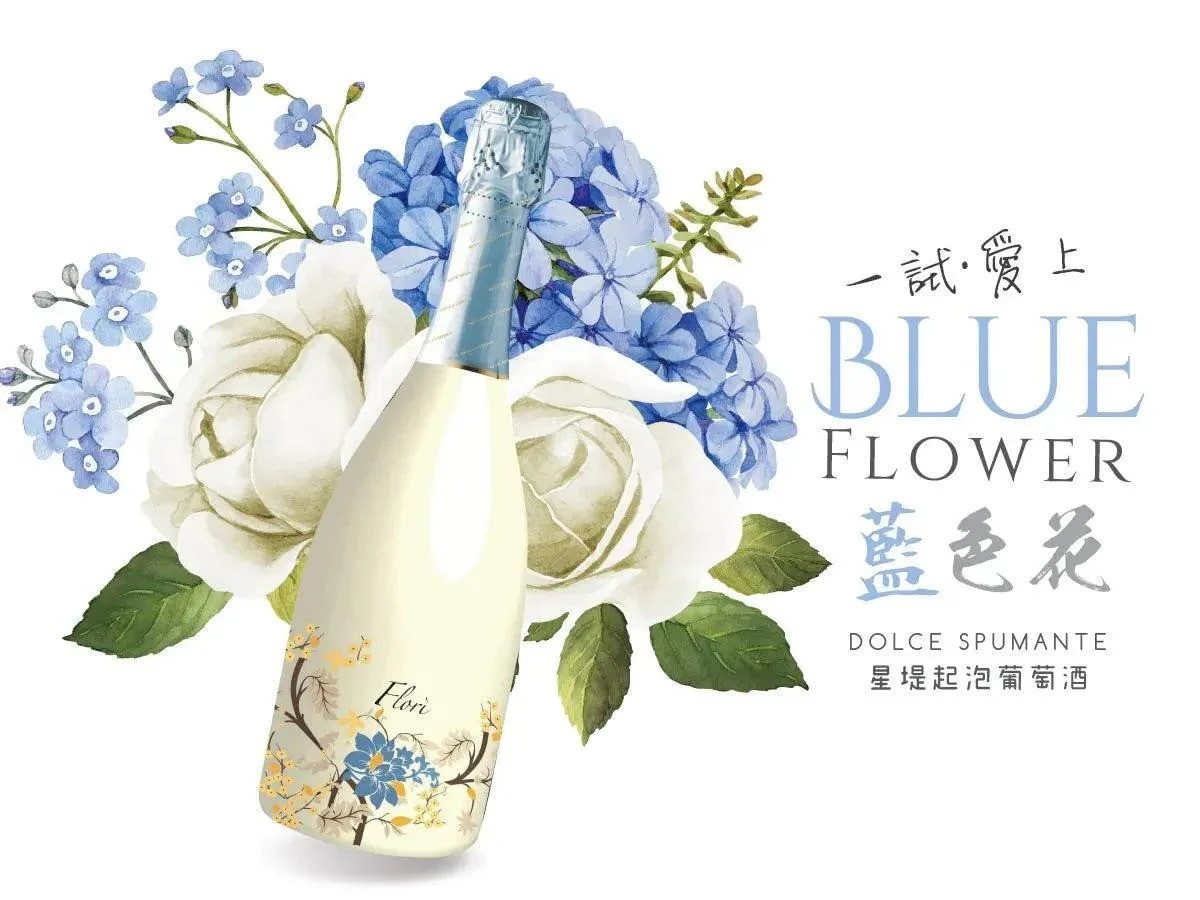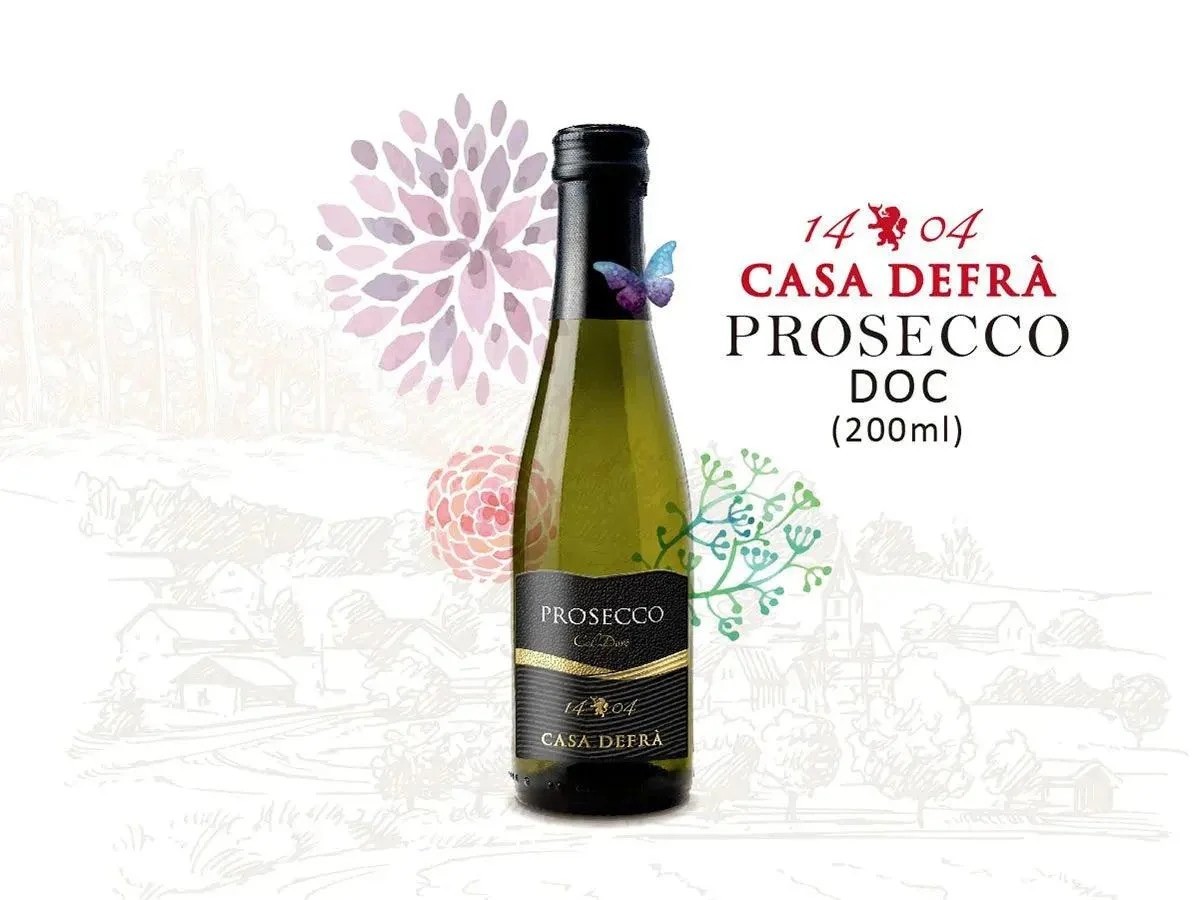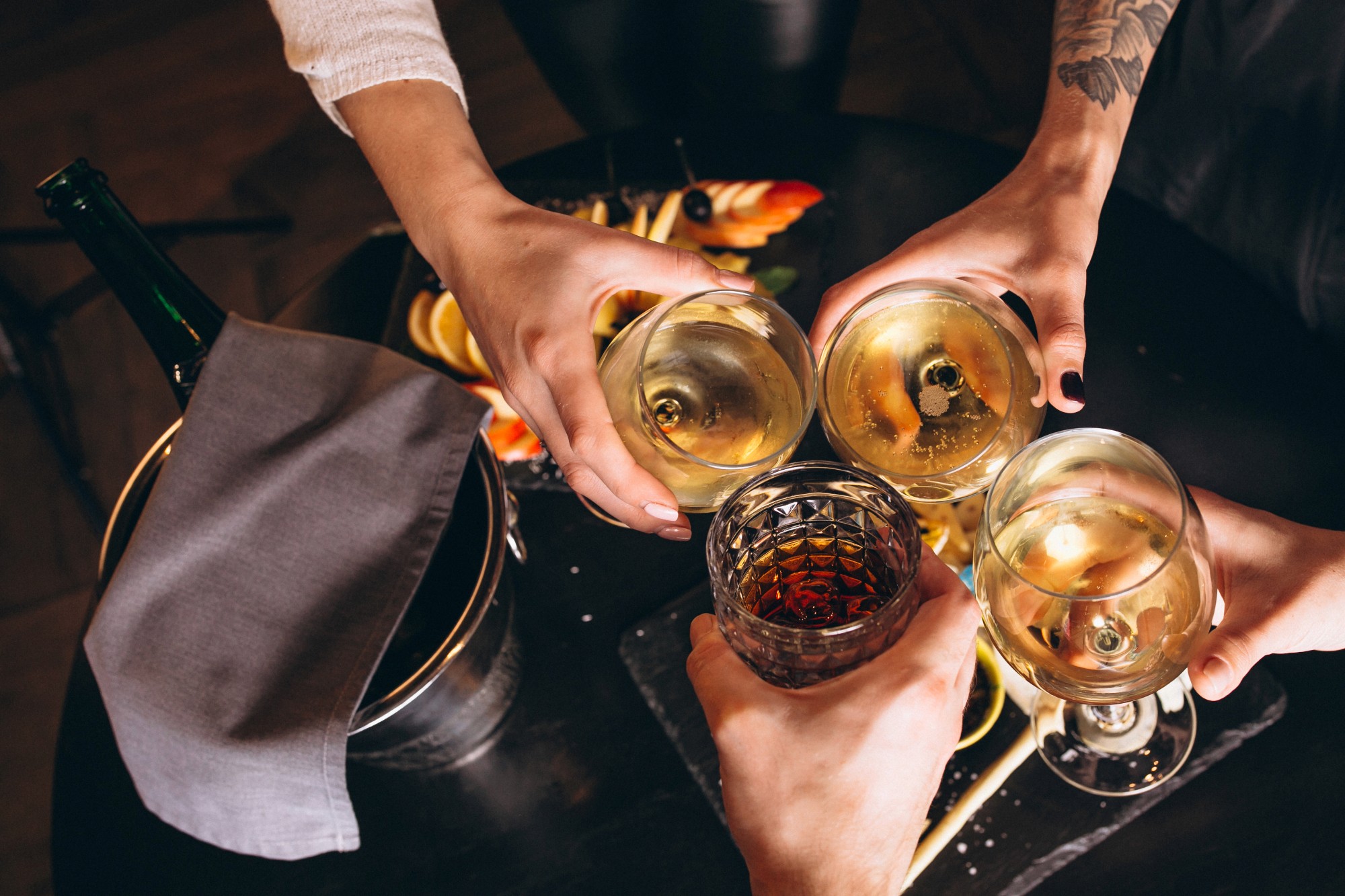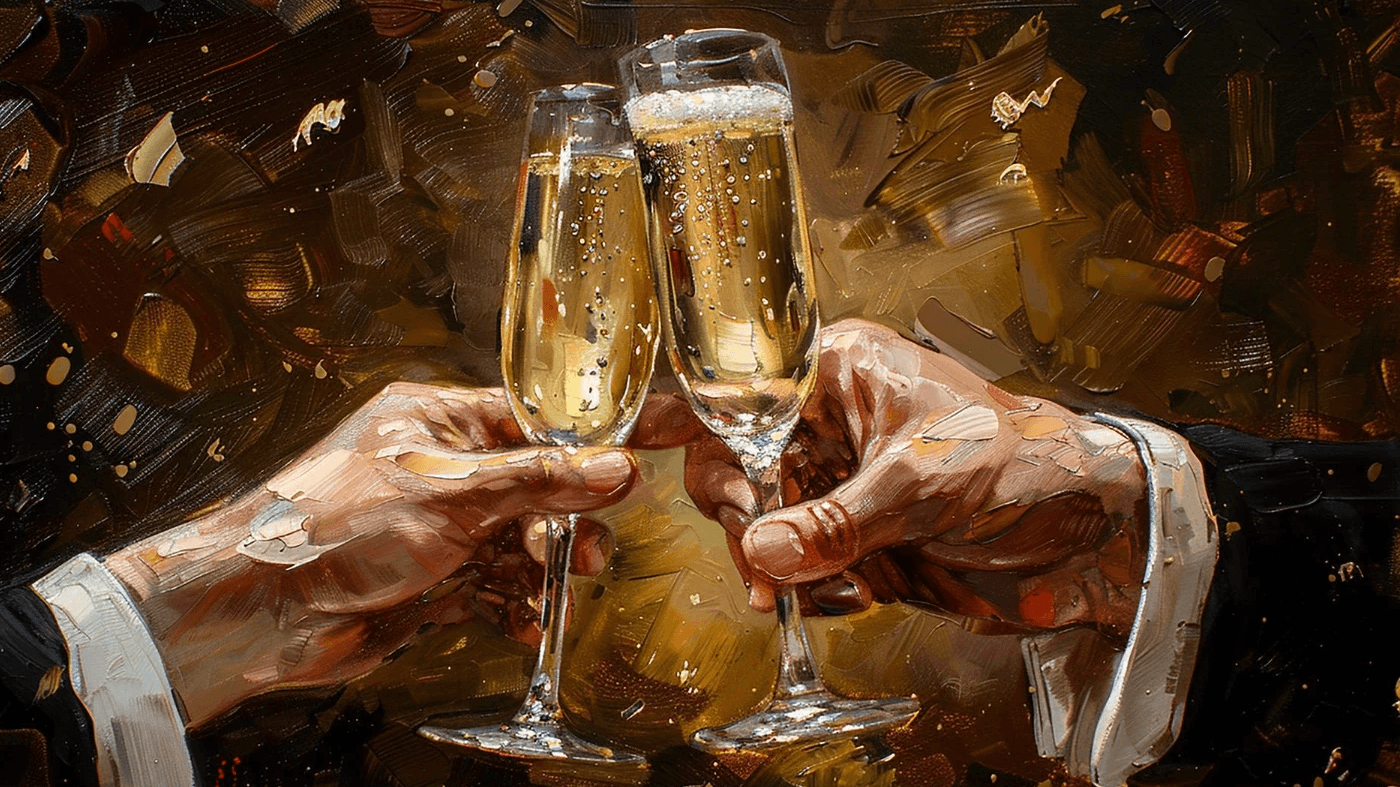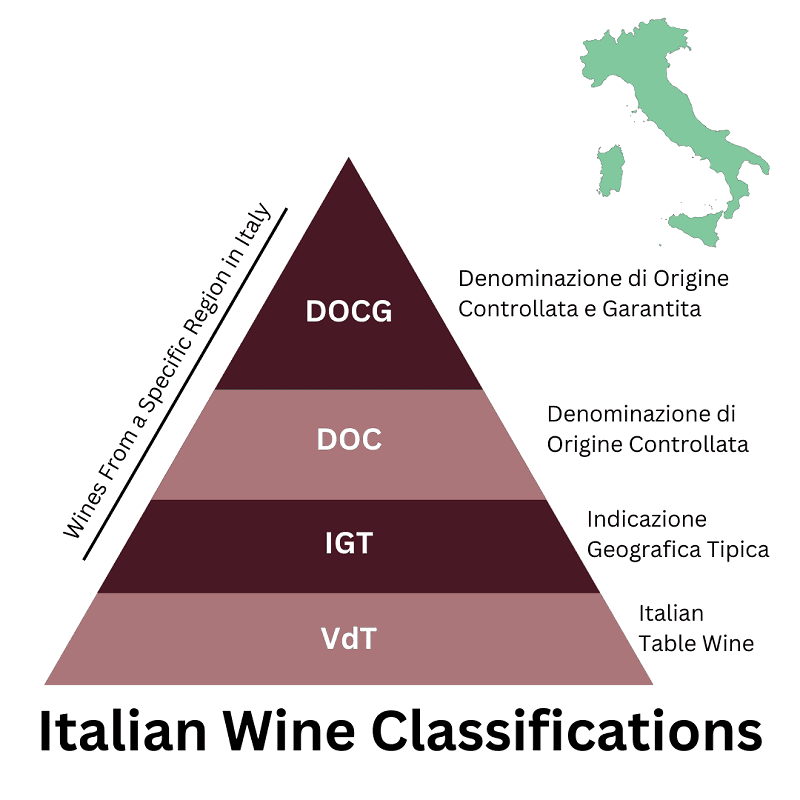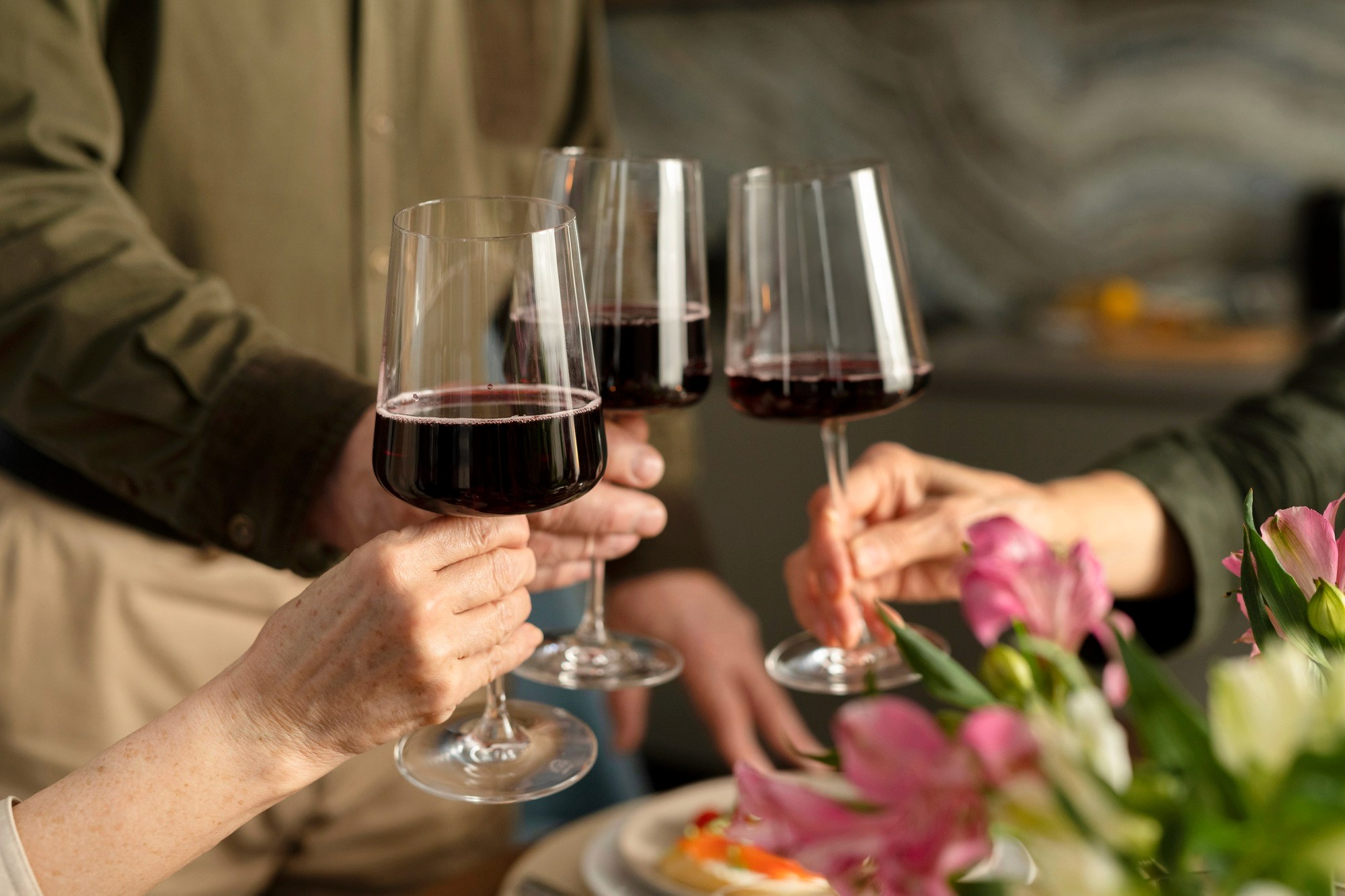The History and Origins of Champagne
Champagne, as a representative of sparkling wine, has a history that dates back to the late 17th century in the Champagne region of France. The monk Dom Pierre Pérignon is regarded as one of the founders of champagne production techniques. He dedicated himself to improving wine quality and discovered that blending different grape varieties could create a more balanced wine. With advancements in glass bottle manufacturing and the introduction of corks, bubbles were preserved in the bottle, and champagne gradually became a symbol of the nobility and high society.
In 1810, Veuve Clicquot launched the first vintage champagne, opening a new chapter in the champagne industry. Vintage champagne is only produced in years when grape quality is exceptional, requiring at least three years of bottle aging to enhance its rich, layered flavors. This winemaking method has made vintage champagne a symbol of luxury and quality.
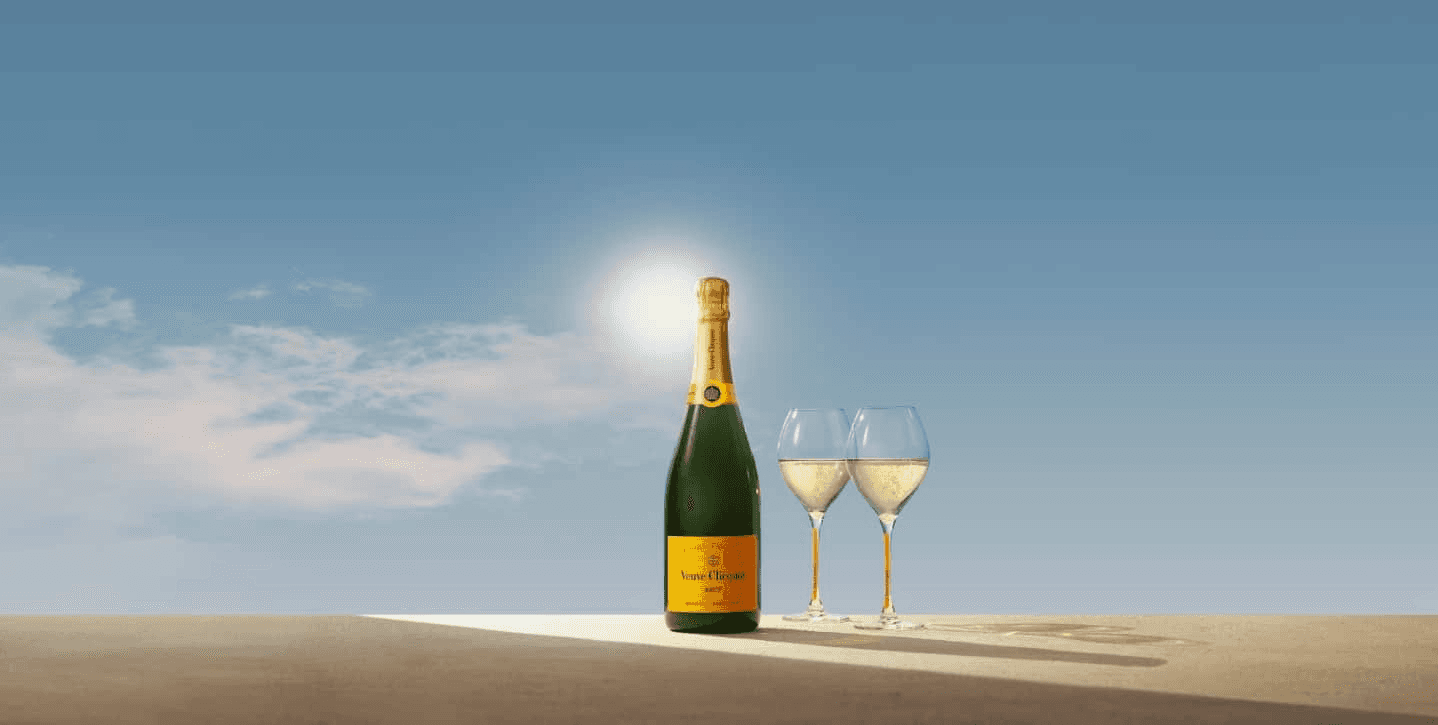
Credit: My French Country Home Magazine
As one of the most famous sparkling wines in the world, champagne is divided into vintage champagne (Vintage Champagne) and non-vintage champagne (Non-Vintage Champagne, NV). These two types have significant differences in production methods, flavor characteristics, rarity, and pricing. The following will detail their differences.
Production Methods and Aging Time
Vintage champagne is made from grapes harvested from a single year and is produced only when the grape quality is exceptional that year, representing the essence of that year’s harvest. According to regulatory requirements, vintage champagne must be aged for at least three years, but many top brands like Krug and Cristal choose to extend aging time to five to ten years to enhance the complexity and depth of the wine.
Non-vintage champagne, on the other hand, is made from a blend of wines from multiple years, aimed at maintaining a stable brand style, ensuring consistent product quality even in years with less than ideal climate conditions. Non-vintage champagne requires only 15 months of aging, with at least 12 months spent maturing on yeast lees.
Flavor Characteristics
Due to longer aging times, vintage champagne exhibits richer and more complex flavors, including characteristics of nuts, toasted bread, cream, and honey, while the bubbles are more delicate. Over time, its oxidation brings deeper baked fruit and caramel flavors.
In contrast, non-vintage champagne typically focuses more on fresh fruit flavors such as apple, citrus, and berries, with a refreshing palate and distinct acidity, making it more suitable for everyday drinking or as an aperitif.
Rarity and Price
Vintage champagne is considered a rare delicacy as it is produced only in specific years and in limited quantities, with prices generally higher than those of non-vintage champagne. For example, some well-known brands such as Dom Pérignon and Louis Roederer Cristal only produce vintage champagne, and their market value continues to grow over time.
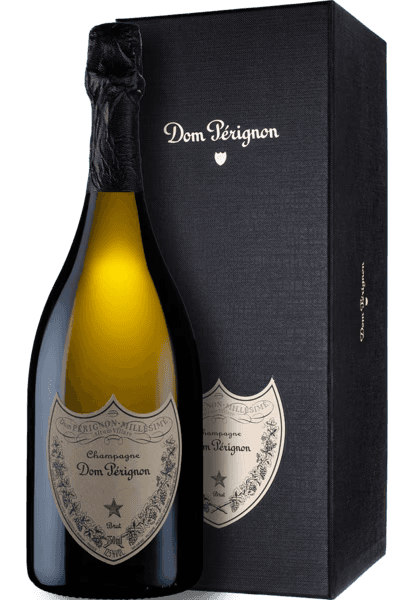
Dom Pérignon Champagne
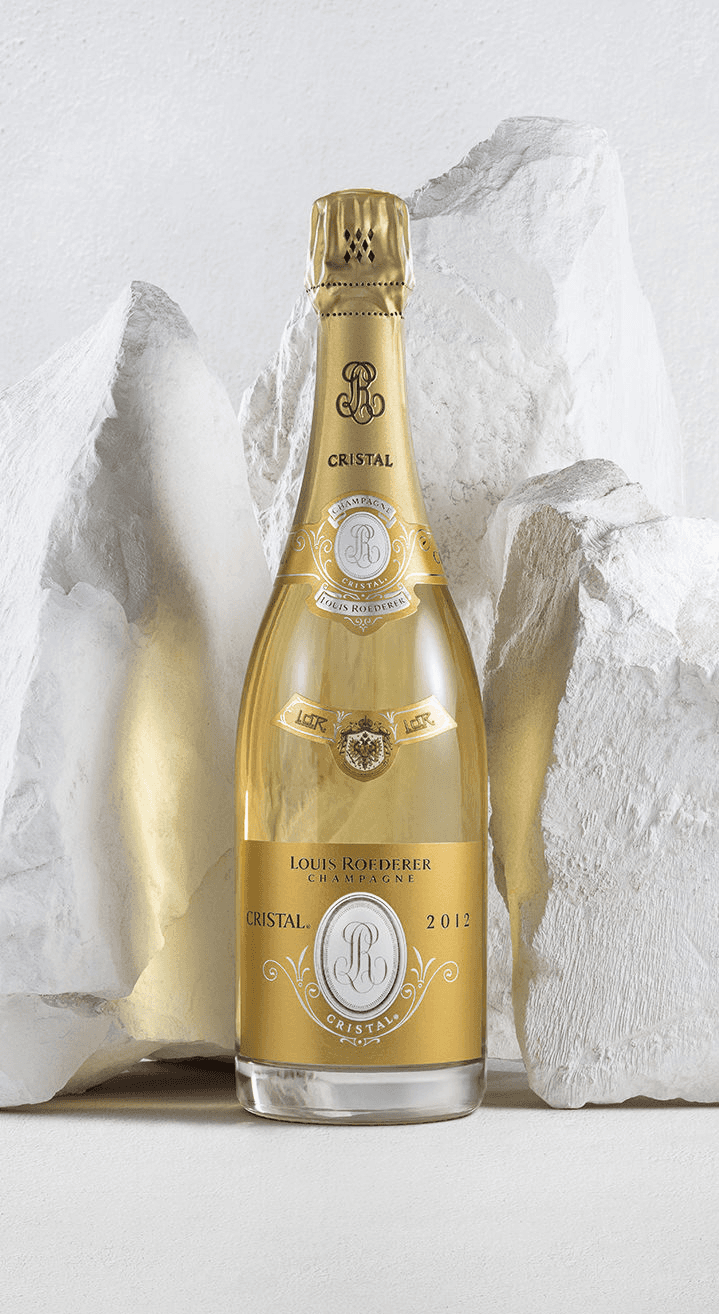
Louis Roederer Cristal Champagne
Non-vintage champagne, due to its large production scale and stable supply, is relatively affordable and is the mainstay of the mass market.
Introduction to Exceptional Years
Vintage champagne displays unique flavors depending on the climate conditions of each year. Here are some recognized exceptional years and their characteristics:
1988: Grapes matured slowly, giving the champagne a delicate and complex palate with an elegant texture. Recommended brands include Ruinart Dom Ruinart and Pol Roger Cuvée Sir Winston Churchill.
1996: This year saw excellent grape maturity, producing champagne with a rich palate and balanced acidity and sweetness. Billecart-Salmon Clos Saint Hilaire is a classic choice from this vintage.
2002: Known as the 'perfect vintage', the grapes were balanced in quality, resulting in champagne with an exquisite structure and longevity. Recommended brands include Louis Roederer Cristal and Dom Pérignon.
2008: Cool nights created grapes with excellent acidity, resulting in champagne that is both elegant and powerful. Taittinger Comtes de Champagne is a representative masterpiece from this vintage.
2012: This year's stable climate produced grapes with high maturity and balanced acidity, resulting in champagne with significant aging potential. Dom Pérignon Vintage 2012 is the standout product from this vintage.
2015: Grapes ripened well under hot conditions, resulting in champagne that exhibits rich fruit flavors and an elegant structure. Canard Duchene Champagne Vintage 2015 is praised as 'elegance under heat', making it an outstanding creation.
These exceptional years not only reflect the influence of natural conditions on the art of winemaking but also provide collectors with a basis for selection.
